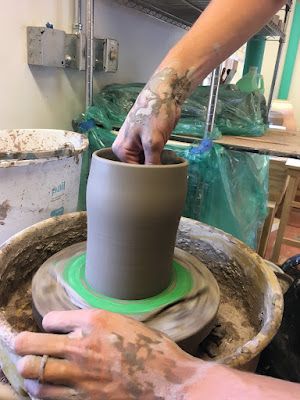H.E.R.E
Site Specific Performance
-->
A re-occurring theme in my work is the
metaphorical relationship between aquarium tanks and transparent walls as a
social and political commentary. As I matured in age, a sense of rebellion grew
inside as I began to disagree with certain standards that American culture
holds dearly: the obligated respect one needs to have for this land, the
stigmatism that citizens have towards power, but above all, a need for a profit
motive to survive. I disagree with the monetary value system that has been
created in our society, as it leaves room for corruption and manipulation. This
system of values is transparent towards everyday consumers; they cannot see
this boundary without a sense of realization. This was my goal for this artwork.
The water tank acts as a metaphor for America,
freedom within a contained and trapped space. The color orange acts as a symbol
for incarceration. This concept is emphasized through the orange
construction fencing and traffic cones, the pathway covered in pennies forces
the viewer to not only make the decision to enter the space, but to disrespect
this monetary system. The pathway is intentionally narrow so that only one
person can enter or exit at a time.
The exit scene
demonstrates a birth of a new identity after suffering within this particular
space. Draining the space afterwards acts as a diminishment of value towards
the water tank and contemporary culture. The attire of the orange hoodie, black
Nikes, and barcoded mask are symbolic for illustrating my imprisonment within
our current society, but as a more realized human being. The person inside the
tank is not the same person who exits.
Link here to watch video.















































